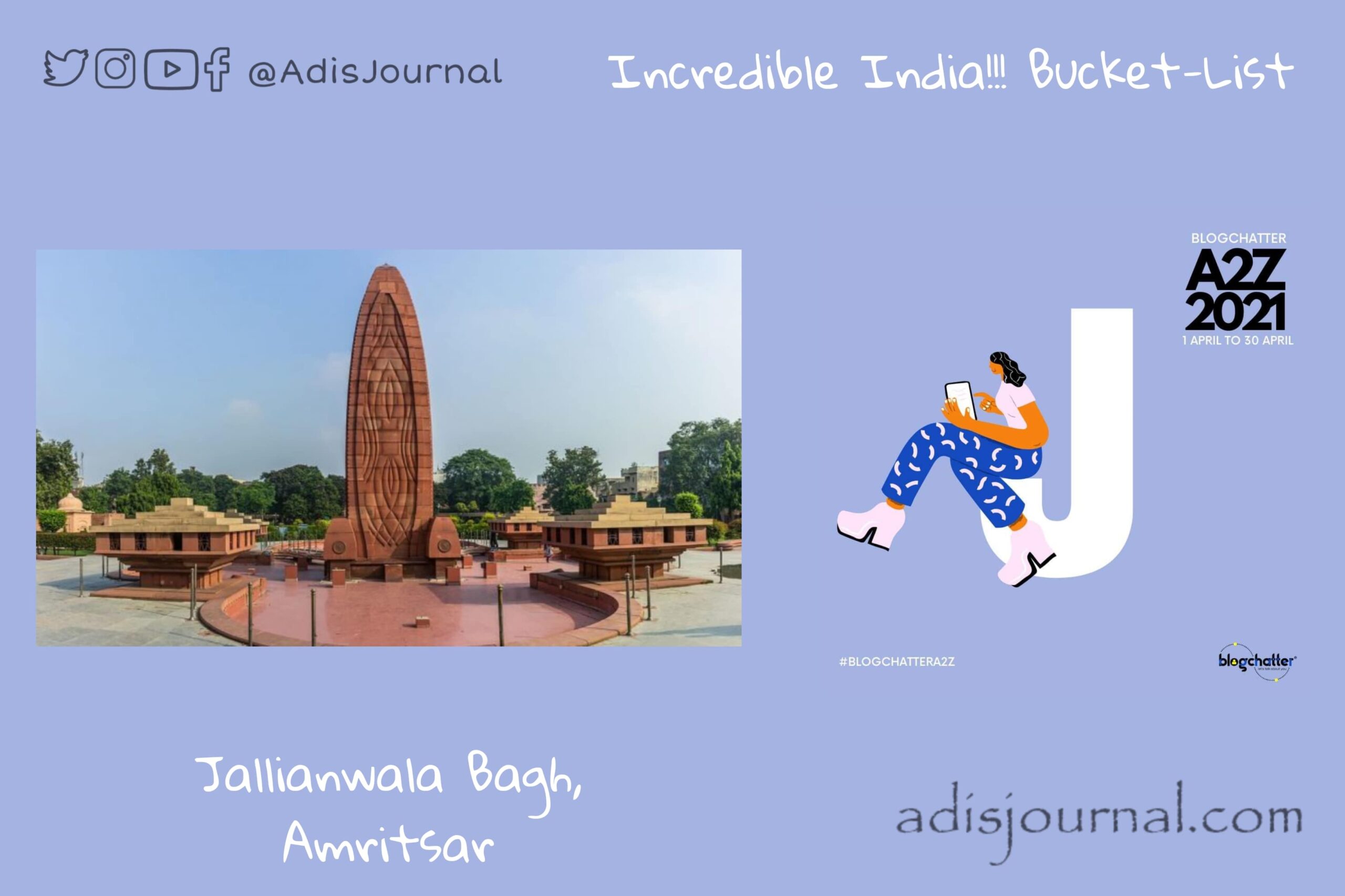
India’s freedom struggle is full of stories of ultimate sacrifices since early days of 1857 revolution till the Independence Day of India. At some points, barbaric massacres tarnished our history. Kanpur witnessed one such black day during revolutions 1857. 102 years before on this day of 13th April, Amritsar saw the horror unfolding during Baisakhi Mela in Jallianwala Bagh. Our today’s destination is the memorial of Jallianwala Bagh.
Story Time:
As a result of the arrest of two leaders Satyapal and Saifuddin Kitchlew, agitation grew amongst the public in April 1919. Peaceful protest was planned on the day of Baisakhi, 13th April. Acting Brigadier-General Reginald Dyer, banned all meetings suspecting massive insurrection in Amritsar. However, he failed to disseminate the information about the ban. Many villagers gathered in the Jallianwala Bagh to celebrate the festival of Baisakhi and to protest the arrest of their leaders peacefully.
Then, General Dyer entered from the main corridor with his troops and took place on raised banks blocking the main entrance behind them. Without any warning, he ordered to open fire on the crowd who had gathered in the Bagh. Firing continued for about ten minutes and ended only when they almost got out of ammunition.

Later while filing the report, General Dyer states, “I have heard that between 200 and 300 of the crowd were killed. My party fired 1,650 rounds”. On other hand, Seva Samitee reports, of 379 identified dead and approximately 1200 wounded. Whereas Indian National Congress claims over 1000 deaths and 1500 injureds. Because of such gross negligence about reporting the casualties in the massacre, we will never know the exact number of martyrs fallen that day. This incident shocked Nobel Laureate Rabindranath Tagor. He renounced the knighthood saying “such mass murderers aren’t worthy of giving any title to anyone”.
Monument: in remembrance of martyrs

Soon after the massacre, a trust was formed in 1920 to create a memorial at the site. After independence, in 1951, Government of India declared the site as a ‘memorial of national importance’. Later in 1961, a martyr well monument designed by architect Benjamin Polk was inaugurated. There are several plaques telling the accounts of events that followed that day. One such plaque is at the bullet marks ridden wall. It reads as follows:
The wall has its own historic significance as it has thirty-six bullet marks which can be easily seen at present and these were fired into the crowd by the order of General Dyer. Moreover, no warning was given to disperse before Dyer opened fire which [sic] was gathered here against the Rowlatt Act. One Thousand Six Hundred and Fifty Rounds were fired.



As a result of these barbaric actions of General Dyer, a wide spread Non-Cooperation Movement got strength and it marked the beginning of the last leg freedom struggle of India.
This brings to the I am participating in A2Z challenge with Blogchatter and this is my take on ‘J‘ challenge. “J is for the Jallianwala Bagh, Amritsar”. You can find my other posts from this challenge here.


Leave a Reply